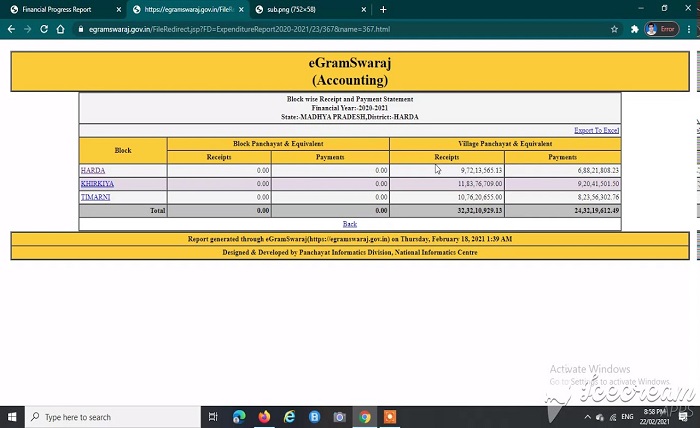eGramSwaraj-3: Empowering rural India through digital transformation

India, with its vast rural population, faces unique challenges in terms of socio-economic development. Over the years, various government initiatives have been launched to bridge the rural-urban divide. One such initiative is eGramSwaraj (eGS), a flagship program of the Ministry of Panchayati Raj aimed at leveraging Information and Communication Technology (ICT) to empower rural communities and strengthen Panchayati Raj Institutions (PRIs).
eGramSwaraj was launched in 2009 with the objective of providing broadband connectivity to all Gram Panchayats (GPs) in India. In its initial stages, the focus was on infrastructure development. However, the program has evolved significantly over the years, incorporating various e-governance initiatives aimed at delivering citizen-centric services at the village level.
eGramSwaraj-3: A new chapter in rural development
eGramSwaraj-3, launched in 2020, marks a significant advancement in the program’s journey. It builds upon the successes of the previous phases and introduces several new features and functionalities. The key objectives of eGS-3 are:
- Strengthening e-Panchayats: This includes providing better ICT infrastructure, capacity building for PRI officials, and promoting transparency and accountability in panchayat functioning.
- Delivering citizen-centric services: This involves developing and integrating various online services related to agriculture, education, healthcare, social welfare, and other essential sectors.
- Promoting financial inclusion: This aims to provide access to financial services such as banking, insurance, and credit to rural households.
- Bridging the digital divide: This includes promoting digital literacy and facilitating access to digital resources and services for all rural citizens.
Key features and functionalities of eGramSwaraj-3:
eGramSwaraj-3 incorporates several innovative features and functionalities to achieve its objectives. Some of the key highlights include:
- National Broadband Mission: This mission aims to provide high-speed internet connectivity to all Gram Panchayats by 2022. This will provide the foundation for e-governance initiatives in rural areas.
- eGramSwaraj Portal: This portal provides a single platform for accessing various online services related to panchayat work, including budget preparation, social audits, and grievance redressal.
- Mobile Seva App: This app allows PRI officials and citizens to access various e-governance services on the go.
- Common Service Centers (CSCs): These centers provide digital literacy training and facilitate access to various online services for rural citizens.
- Financial Inclusion initiatives: These initiatives include promoting digital payments, providing access to banking services, and facilitating microfinance opportunities for rural households.
Impact of eGramSwaraj-3:
eGramSwaraj-3 has already made a significant impact on rural India. It has led to increased transparency and accountability in panchayat functioning, improved access to essential services for citizens, and promoted financial inclusion. Some of the key achievements include:
- Over 99% of Gram Panchayats have been connected with broadband internet.
- More than 2.5 million Gram Panchayat officials have been trained on e-governance.
- Over 1 million online services are being delivered through eGramSwaraj portal.
- Over 1.3 million rural citizens have been covered under various financial inclusion initiatives.
Challenges and future prospects:
Despite its significant achievements, eGramSwaraj-3 still faces some challenges. These include:
- Digital literacy gap: A significant portion of the rural population still lacks basic digital literacy skills.
- Lack of awareness: Many rural citizens are unaware of the online services available to them.
- Infrastructure issues: In some areas, internet connectivity and power supply remain unreliable.
However, the government is committed to overcoming these challenges and further expanding the reach and impact of eGramSwaraj. The future of eGramSwaraj is bright, with the potential to revolutionize rural development in India.
Conclusion:
eGramSwaraj-3 is a landmark initiative that has the potential to transform rural India. It is empowering rural communities by providing them with access to information, services, and opportunities. As the program continues to evolve and expand, it will undoubtedly play a crucial role in bridging the rural-urban divide and driving inclusive growth in India.




